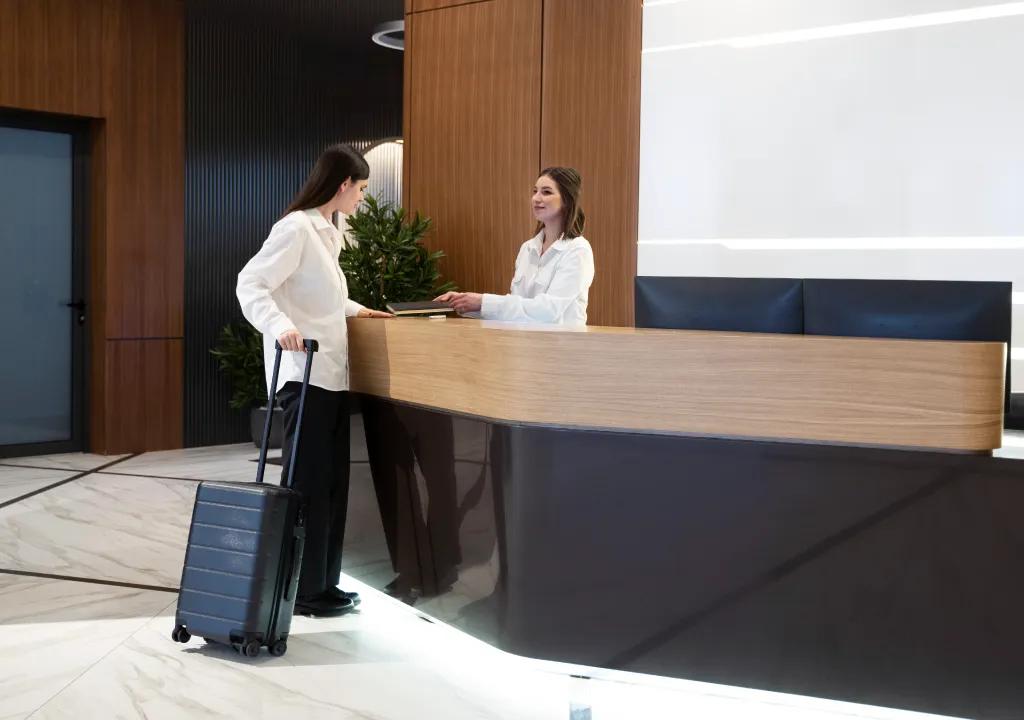How to Optimise Room Rates for Better Returns
The hotels are attempting to compete by lowering room rates to increase occupancy, but are the returns satisfactory? What is wrong with the hotel price?
It is time to start evaluating hotel room rates because they should meet the guests’ expectations. These include the hotel’s brand, market awareness, the unique selling proposition of the products and services, quality assurance, and reliability components. Above all, room rates must be able to generate the anticipated revenue and desired investment returns.
Oversupply of hotel rooms has consistently forced hotels to face dynamic challenges in offering good room rates, which is critical to remaining competitive, retaining existing customers, acquiring new customers, and improving financial results.
Here are some pointers to be considered when optimising hotel room rates for higher returns while keeping rates appealing to the customers.
Forecasting Daily
- Determine hotel room rates using accurate daily forecasting;
- Use digitalisation tools or applications that can help determine the daily number of vacant rooms and occupancy, and
- Undertake forecasting based on the available information to maximise RevPAR (revenue per available room).
To achieve an accurate price, change the rate daily or regularly; and set a realistic occupancy target by season. The room rates should go along with the occupancy target to generate good returns for the hotel.
Offering Best Available Rate with Values
Utilise and analyse guest data to grasp all that need to be known when determining the best available rates with attractive value propositions for better profitability. The data include the guest’s average length of stay in the hotel, product, and service preferences, booking period, mode of payment, and any other information. Most importantly, the hotel’s best available rate should create attractive value that meets the guests’ expectations without feeling that the hotel is overcharging them with additional fees.
Strategising Pricing
Apply a revenue pricing strategy that suits the hotel and change the pricing strategy depending on the sales period. The key to determining the best pricing strategy should start with understanding the hotel’s operation costs and resource availability. It is acceptable to use a cost-pricing strategy during low occupancy to attract sales. However, the rates should generate sufficient profit-earning at the minimum cost level. Increase the room rates following demand patterns, such as hiking up at peak times for greater profit.
Defining Online Market Rates
- Generate the best online rates by choosing and building a network with good online booking channels to access more reliable online segmentation.
- Offer various online room rates for different online booking platforms such as online promo rates, online package rates, international pricing preferences, etc.
- Observe the online market response on rates, as this will help the hotel define the average room rates that are most preferred by the online market. The best online market rates will convert seekers to bookers.
Digitalising Rates Management
The popularity of digitalisation applications has changed the competitive landscape and is a game-changer for business operations. The hotel’s mobile application must be:
- unique
- easy to access anytime and anywhere
- offer more valuable points that will encourage customers to repeat booking, and
- offer a speedy response
- offer various attractive functions such as discounted rate options and rate game options that allow users to collect points that can be converted into room points for booking
- be linked to various web and social media platforms for better publicity and awareness
In conclusion, be flexible with the way to determine the room rates. More importantly, observe the market trend and focus on cost management.
Rita Lo
School of Hospitality and Service Management
Email: @email
This article was first published in Business Today, 14 May 2022.




